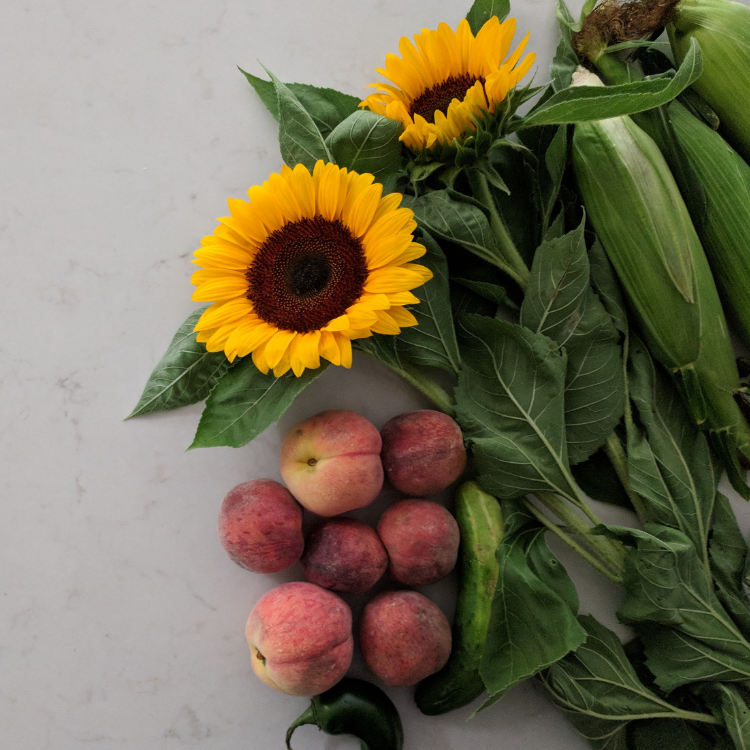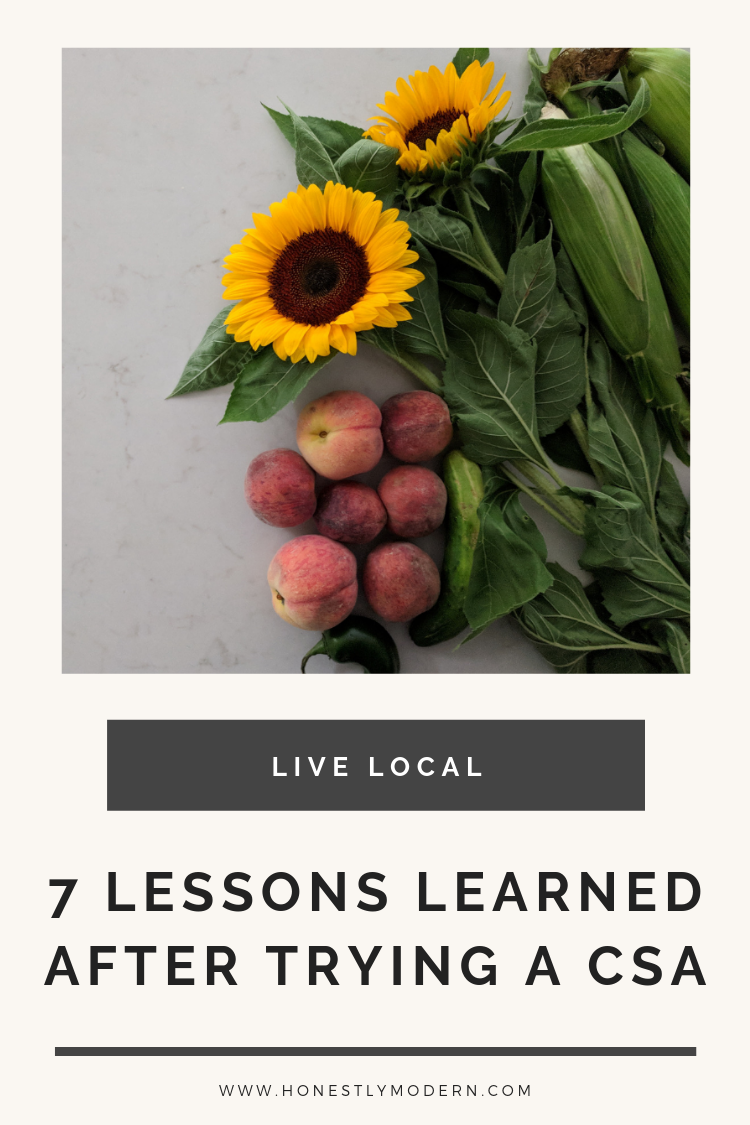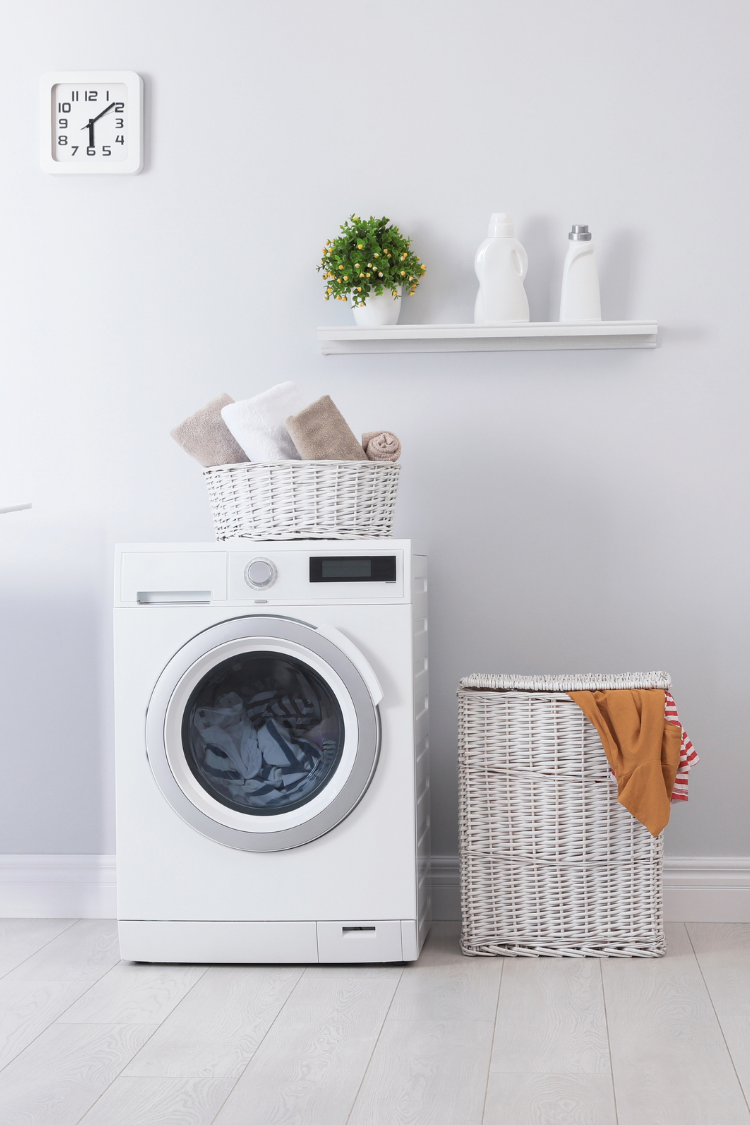7 Lessons Learned After Trying a CSA
Interested in trying out a CSA (community supported agriculture) program? They offer many benefits for consumers and farmers, but read on for a few tips to keep in mind before you buy into the bargain.

This past summer, we participated in a community supported agriculture (CSA) program after a ten year hiatus. CSA programs can reduce your carbon footprint, reduce waste from packaging, and reduce food waste at the farm production level.
For the right family, CSA participation proves a perfect fit for filling your fridge with fresh and local produce. Signing up for a CSA share, however, is definitely not right for everyone, and the jury is still out about whether it’s the right fit for our family.
Many Moons Ago…
Long before kids (when I had all the time in the world), I signed up for a CSA program for a few months. I drove 20-30 minutes to pick up the box from the front step of a family who offered to accept and sort the goods from the farmers for all the participants in the area.
I only remember a few things about that experience. Oddly, I don’t recall that drive feeling overwhelming. Today, I can’t fathom driving 30 minutes on a weeknight to pick up a box of surprise produce. I think that’s a testament to the amount of free time I had before kids. I also remember receiving a lot of leafy greens.
Lesson 1: Real Produce Doesn’t Look Like Grocery Store Produce
Most poignantly, I remember realizing that real, fresh food sometimes looks really different than its grocery-store brethren. Food at the grocery store is picked early and sometimes covered in wax or other chemicals to make it last longer. Grocery store produce also endures a competitive beauty pageant before landing on the shelves. CSA farmers offer you whatever they grow as long as it’s healthy and edible.
As a picky eater, I didn’t eat enough of the vegetables we received back then to warrant continuing participation in the CSA so we opted out. None-the-less, participation in a CSA continued to intrigue me. I love supporting local farmers and reducing the carbon footprint of our food. I like the idea of being a more adventurous eater and creatively using up all the ingredients in the weekly packages. (I’m still waiting for my “sophisticated” palette to jump on board with this ingenious plan).
Ten years later, we still don’t eat as many vegetables as we should, and we don’t eat a huge variety of vegetables. Yet, I really wanted to try a CSA again. We have a local farmer who sells at his own market just a couple miles from our house. I liked what I bought last summer a la carte, so we took the plunge this year to try his CSA.
I was a little nervous about receiving things that we wouldn’t use or eat, but I also felt excited by the prospect of learning some new ways to use vegetables.
Lesson 2: Sign Up In Advance
I signed up for the summer CSA in June when I started thinking about summer farmers’ markets. I had to pay a $75 late sign-up fee, so don’t make my mistake. It might seem odd that farmers charge a late sign up fee or require sign up so far in advance, but late sign ups defeat the purpose of the CSA to some extent.
Farmers have higher cash flow in the summer and fall during harvest season when they sell their crops. Traditional CSA programs help farmers even out cash flows. They also shift some of the risk of unpredictable crop production to the participants. If there is a bad season, CSA participants paid in advance yet receive less food.
Today, a variety of CSA programs exist that offer different payment options, varying amounts of choice over what food a recipient receives, and the duration of the program. In just about all cases though, participants need to sign up early to secure a share of the CSA crop and provide the farmer cash flow during the slow winter season.
Lesson 3: You Probably Won’t Save Money
CSA programs aren’t designed as a cost-cutting alternative relative to traditional grocery shopping, even though participants sign up in advance and essentially purchase in bulk.
A CSA participant might save money relative to purchasing a la carte from the farmer or regularly shopping at farmers’ market. The cost per item, however, isn’t substantially lower than buying individual items, particularly when considering participants don’t usually have a choice about what they receive.
CSA programs exist to support local producers, reduce the carbon footprint of produce consumption, and, most importantly, provide stability to local farmers to help ensure their longevity.
Week By Week Report
I signed up for a half share of the CSA program, so I picked up my produce once every other week over a twelve week period.
Lesson 4: Expect To Try New Ingredients
Week 1 | I packed up some containers and reusable bags, and I headed to the farmers market to pick up my CSA share. I hate bringing home berries in bags, only to find them squished by the time I get into my kitchen, so I often bring reusable plastic or glass containers to store any soft items.
That first week, I received so many things I don’t normally buy. I really enjoyed it. Specifically, I received a bunch of garlic scape, something totally new to me. I had to search the internet to find out what it was and how to use it.
I ended up using the garlic scape to make 1) garlic eggplant hummus with eggplant from our garden 2) garlic butter that we’ve used on bread and baked sweet potatoes and 3) a garlic, spinach and basil pesto. Although I needed to use my food processor three times in one day to make these recipes, we ended up with so many fun and fairly healthy foods to add to our regularly scheduled weekly meal plans.
After the first week, I was stoked and really looked forward to week 2!
Lesson 5: Sometimes It’s More of the Same
Week 2 | We received many of the same things that we got in week 1. This was a bit of a bummer, because I felt like I exhausted all my recipe ideas using up our haul from the first week. I made a few new recipes and also made a second batch of the garlic and eggplant hummus as well as the garlic butter to freeze for another time.
Week 3 | We picked up the third installment of our CSA just a few days before heading out of town for a week. I knew we wouldn’t use most of it before it went bad, so I prepared nearly everything in ways it could be frozen.
Among other things, we received husk cherries, a mix between a tomato and grape, and something completely new to me. I dabbled around the internet for some good recipes and decided they’d work best for us as a jelly or preserve. I tossed them in our freezer and will come back to them eventually. They are still in our freezer today.
Knowing we were headed on vacation, I also opted not to take a few things that week that I couldn’t freeze and knew we wouldn’t eat before we left. It was a bit of wasted money, but I didn’t want the stress of figuring out how to use them before we left. And it felt wasteful to take them knowing they would likely end up in my compost bin.
Week 4 | We received a few things I always used but I also continued to receive duplicates of things that I had in abundance already, like garlic scape and basil. These items were novel early on, but I ran out of ways to use them up. I ended up making pesto again and freezing it into cubes in a silicone ice cube tray. We have used a few of the pesto cubes and plan to use the rest of them them throughout the winter.
Week 5 | We were out of town so I let my mother-in-law pick it up and use it herself.
Week 6 | The market had slim pickings by this point in the season. I received a squash, some apples, garlic, an onion, and a few other things. Unlike most weeks when I received at least a few things that excited me, I didn’t feel like I took much home with me that day. I definitely felt ready for the season to end.
Lesson 6: You Learn The Seasons of Local Produce
We can find so much produce at the grocery store year round that it’s easy to forget what really grows and when. Participating in the CSA (and our garden) helped remind us that many items can only be harvested for a few weeks, show up in bulk, and are quickly gone until next year.
Lesson 7: Better Connect With Your Food
The CSA program also helped me better connect with my food. It highlighted the bounty of food that flourishes for just a few short months followed by the long winter months without local food production.
It made me feel a little more connected to my grandmother, who has always had a large garden and preserved loads of fresh items from her garden to use throughout the winter. I never much thought about this as a kid when I used to visit her, but even the simple act of making the pesto cubes or the garlic butter to freeze for many months down the road reminded me to be more thoughtful about how I consume and waste (!) food.
I’m really glad I tried the CSA program. Except for some berries and avocados we purchased from the grocery store, the CSA program (in combination with our garden) met most of our produce needs during the peak harvest months.
I liked supporting a local farmer, and I appreciated the creative challenge to find ways to use new foods I’ve never tried. Generally, I don’t think prices are materially higher than the regular grocery store, but we skipped a week and didn’t take everything each week, so we definitely didn’t make the most out of the money we invested.
Having a CSA challenged me to eat more fruits and vegetables. It also created more opportunities for food waste, particularly if we received a lot of a particular item all at once. I had to be diligent about planning and food preparation to ensure we used up everything we received,
Will I Join The CSA Next Year?
I haven’t decided yet if I will participate next year. I’m leaning toward taking a year off while still committing to go to their open market for most of my produce needs. I often bought extra things while picking up my CSA box, but I think it costs too much given our summer season of travel and my simple cooking habits.
Have you tried a CSA? What has your experience been? I’d love to hear in the comments!








